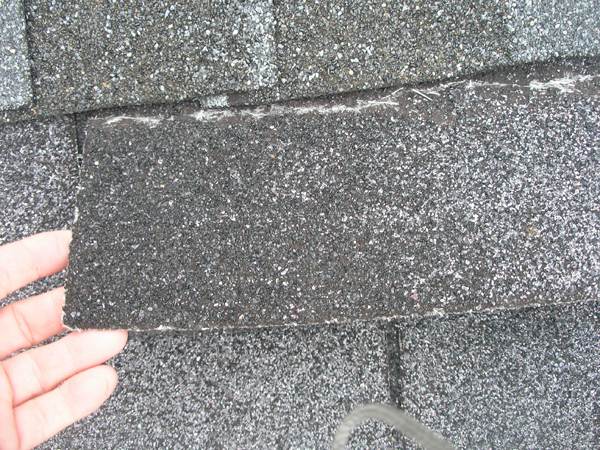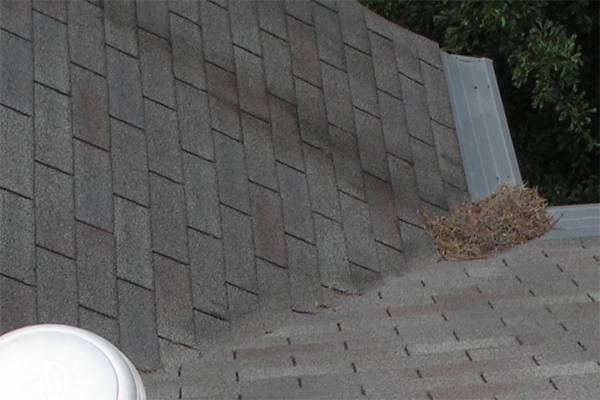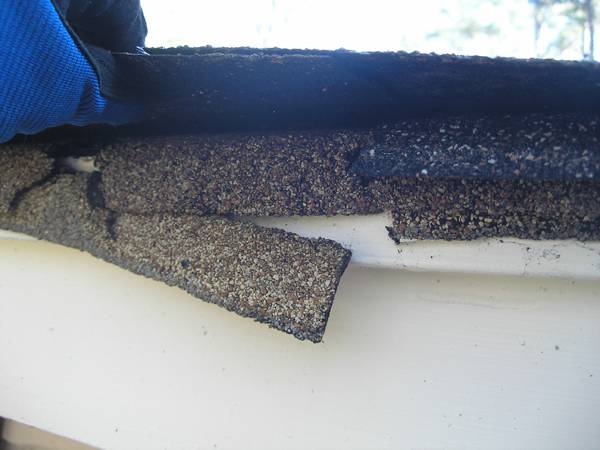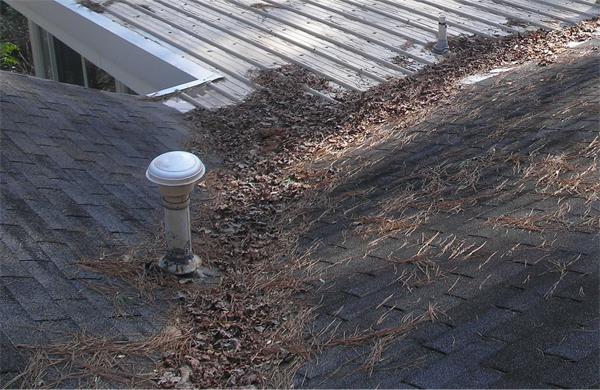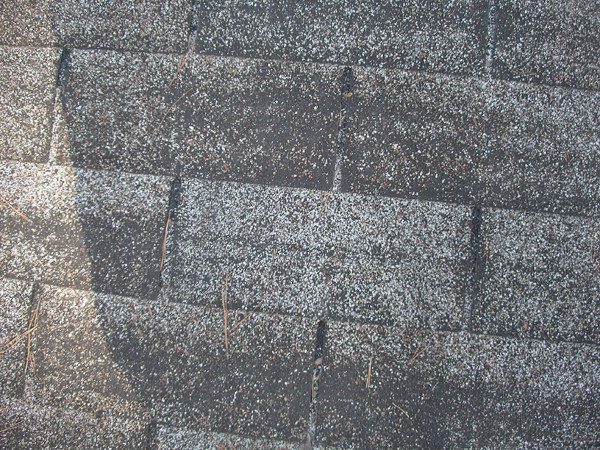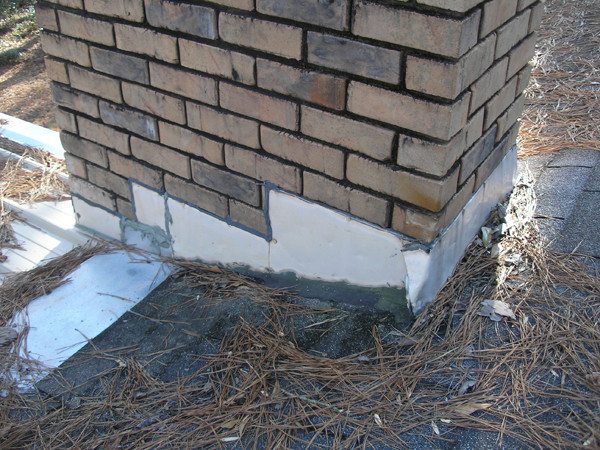[one_third]
[/one_third]
[two_third_last]
How To Know When To Replace Your Roof
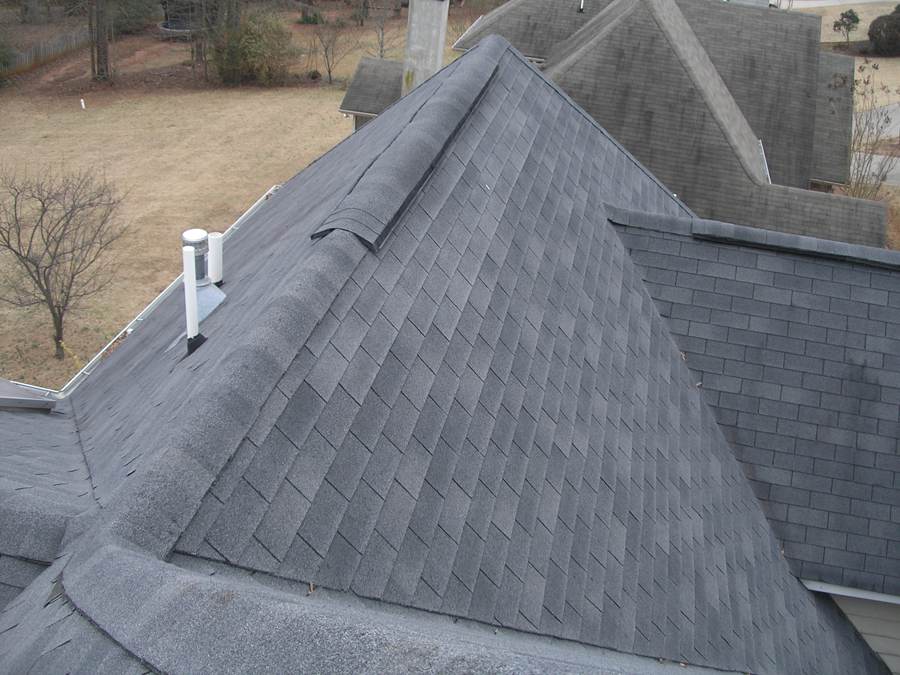
Sometimes it’s hard to tell when your roof has reached the end of it’s life. You don’t see any holes and it’s not leaking—yet. Just because you haven’t yet experienced a failure doesn’t mean one isn’t right around the corner. At Croixco Construction we strive educate consumers and business owners on the warning signs of a shingle roof or flat roof requiring roof replacement.
What to look for:
- Roof age. Is the roof more than 20 years old? Even if it appears to be in good shape many of the materials used to construct the roof shingles or flat roof membranes have a limited lifespan. While the surface may look okay, there’s a good chance some of the underlying barriers which give a roof it’s weather sealing and insulating properties may be breaking down and cracking, allowing moisture to penetrate to the plywood or metal base layer, depending on roof style.
- Curled shingles. This seems like an obvious one, but you’d be surprised how often this is overlooked. Look for areas where the edge of the shingle is curling up, cupping, or lifting entirely from the surface of the roof.
- Damaged or missing shingles in roof valleys. The valleys of your roof are among the most critical area of your roof, as these are the areas rain and snow will be collecting to drain off of the roof surface. When the shingles are damaged in this area, even more moisture is forced through the area increasing the likelihood of failure.
- Shingle granules in the gutter, or bald spots on shingles. As a roof ages, more and more of the surface granules break free from the shingle and run down the pitch of the roof and into the gutters. You’ll begin to see a lot more granules in the gutter and downspouts at the end of the life of the roof, signaling the end of the lifespan of the roof.
- Dark Streaks & Moss. While dark streaks aren’t necessarily a sign of roof failure it can signal some impending damage. Dark streaks are commonly caused by airborne algae, which are initially a cosmetic problem, however left unattended can build up moss which holds moisture against the surface of the roof and the weather seal membrane, ultimately causing failure.
- Cracked Shingles. Shingles are designed to provide some flex and give, but by the time you need a roof replacement the shingles become brittle and will crack and pieces will fall away. Even if they stay attached, the crack through the shingle provides moisture direct-access to the base layer/underlayment and ultimately the plywood.
- Chimney Flashing. Many homes built a few decades ago were built with roof tar or roof cement flashings around the chimney, which like shingles, break down over time and can cause leaks that may go unnoticed for years. During a roof replacement, it’s best to replace the chimney flashing with a more permanent solution such as metal flashing.
While some of the roof damage signs are easy to spot, it’s always a good idea to call in the professionals to make an assessment and provide an estimate for repair or replacement. While some companies charge for a roof inspection, Croixco Construction offers FREE roof inspections in the Chicago Northwest and Western Suburbs. Call today to set up your free roof inspection and estimate![/two_third_last]
